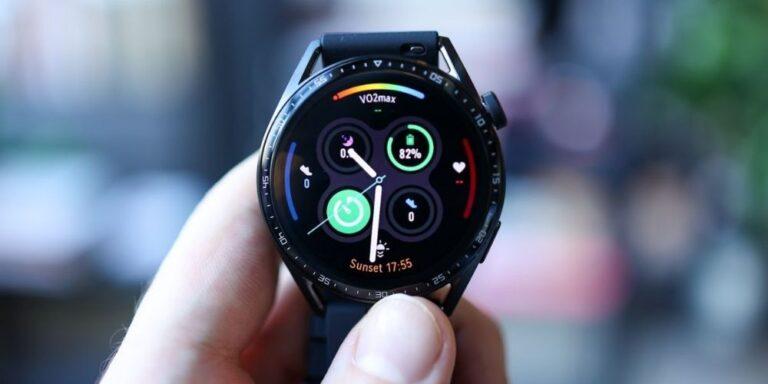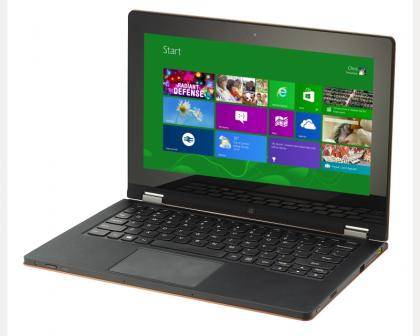Pentax K-30 review
Pentax has produced a string of superb consumer SLRs in recent years, and the K-30 raises the bar yet again. Its price puts it in direct competition with the Canon EOS 650D , but various features position it closer to more expensive cameras such as the Canon EOS 60D .
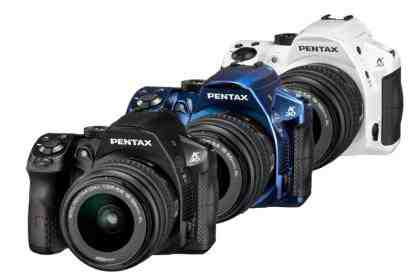
The viewfinder uses a pentaprism rather than a pentamirror for a brighter view, and the 0.92x magnification and 100 per cent field of view are bigger than any other optical viewfinder at this price. It's hard to exaggerate how much of a difference this makes – it's like upgrading from a 19in to a 24in monitor. That's us pretty much sold already, but it gets better.
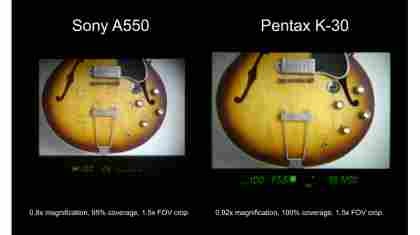
These images were shot through the optical viewfinders of the Pentax K-30 and Sony A550, and demonstrate how much bigger the K-30's viewfinder really is
There are dual command dials on the front and back for direct access to shutter speed and aperture controls. An electronic spirit level is built in, with feedback appearing either on the screen or through the viewfinder window. As with all of Pentax's SLRs, optical stabilisation is built into the sensor, so it's available regardless of which lens is used. The most surprising feature is a weather-resistant body, and the 18-55mm AL WR lens we tested is weather-resistant too (make sure you get this kit lens, as it's only £20 more than the standard model without the WR suffix). This is an extremely useful feature that's never been available before on an SLR at this price.
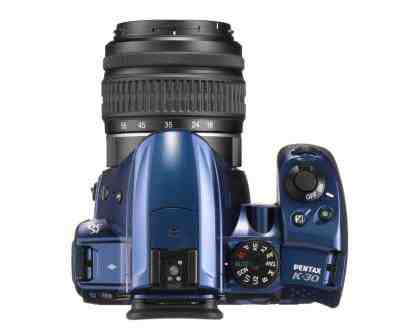
It lacks a passive LCD screen for displaying shooting settings, which is common on upmarket SLRs such as the 60D. It also lacks an articulated screen, which various other £600 SLRs have. Still, this helps to keep the bulk down. The lack of an HDMI port is less excusable, and the 410-shot battery life from its slim lithium ion battery is well below average. It can run off four AA batteries with the help of the optional battery holder (part number D-BH109, £30 inc VAT). You may as well buy a spare lithium ion battery for £45.
This is a striking camera, especially in the metallic blue finish we were sent for testing. The viewfinder hump and pop-up flash protrude to a sharp edge at the front. If we were feeling kind, we'd describe its appearance as sporty. On other days, we'd call it ugly. It's extremely comfortable to hold, though, with a substantial moulded handgrip and a contoured back for the thumb to rest on. The viewfinder only protrudes a few millimetres from the back of the camera, and we found it difficult to press an eye close enough to cut out light in our peripheral vision. Meanwhile, the SD compartment door made it a little tricky to grasp cards to remove them.

The controls are a triumph. We appreciate having dual command dials in manual mode, but they really excel in program mode. Here, adjusting the front command dial instantly takes the camera into aperture-priority mode, while adjusting the rear dial switches to shutter-priority. Pressing the green button beside the shutter release returns to program mode. It's simple and brilliant, and a massive improvement on the less prescriptive program shift concept. It's also really useful to be able to switch to priority modes directly from the current exposure settings rather than the last-used manual settings.
The other controls are as good as we've seen at this price. There aren't a huge number of buttons but Pentax has made the most of them, combining self-timer, continuous shooting and exposure bracketing into single drive mode button, for example. We particularly like how pressing ISO gives access not just to the manual ISO setting but also to the upper and lower values of the Auto ISO mode. It takes about a second to change this, whereas it can take up to ten seconds on Canon and Nikon's SLRs. HDR options are buried in the menu but the scene presets offer an alternative, quicker route to HDR shooting. We also really like the ability to shoot JPEGs but retrospectively save the last shot as a RAW image too. The lack of a depth-of-field preview button might frustrate some people, though.


